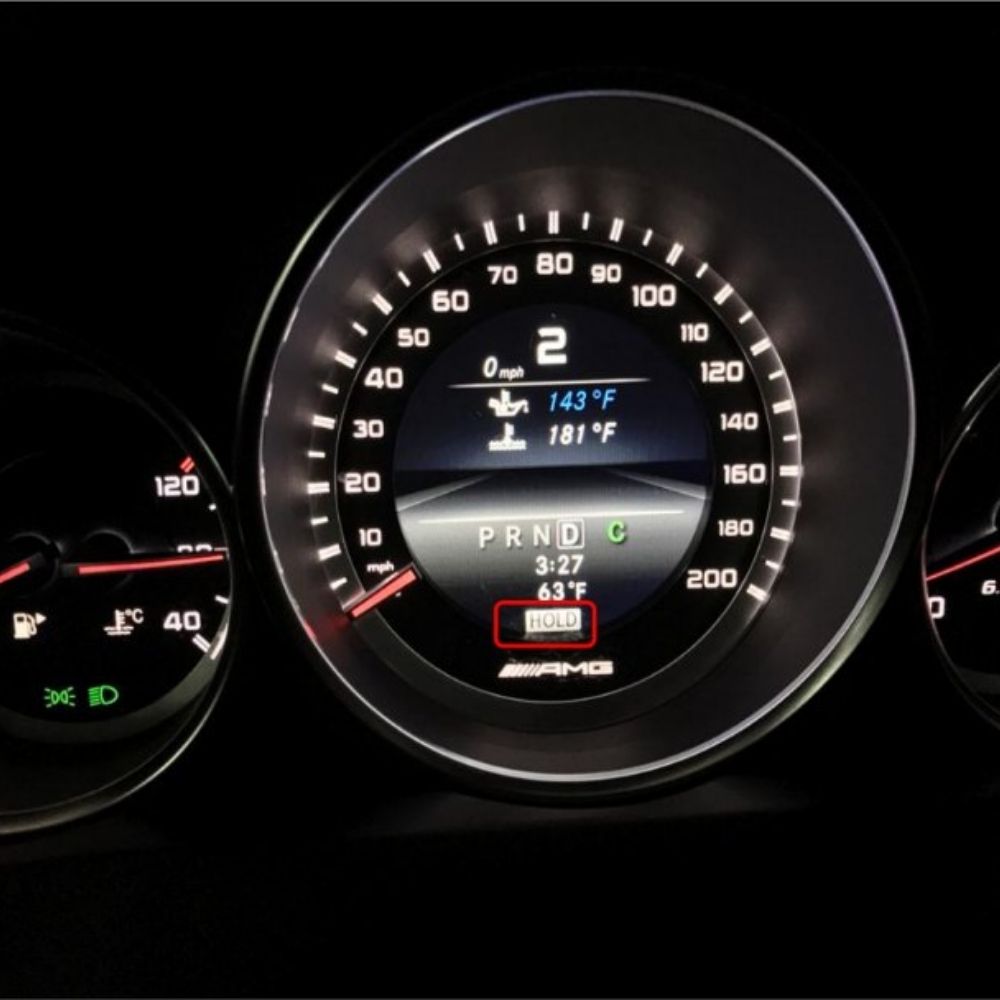
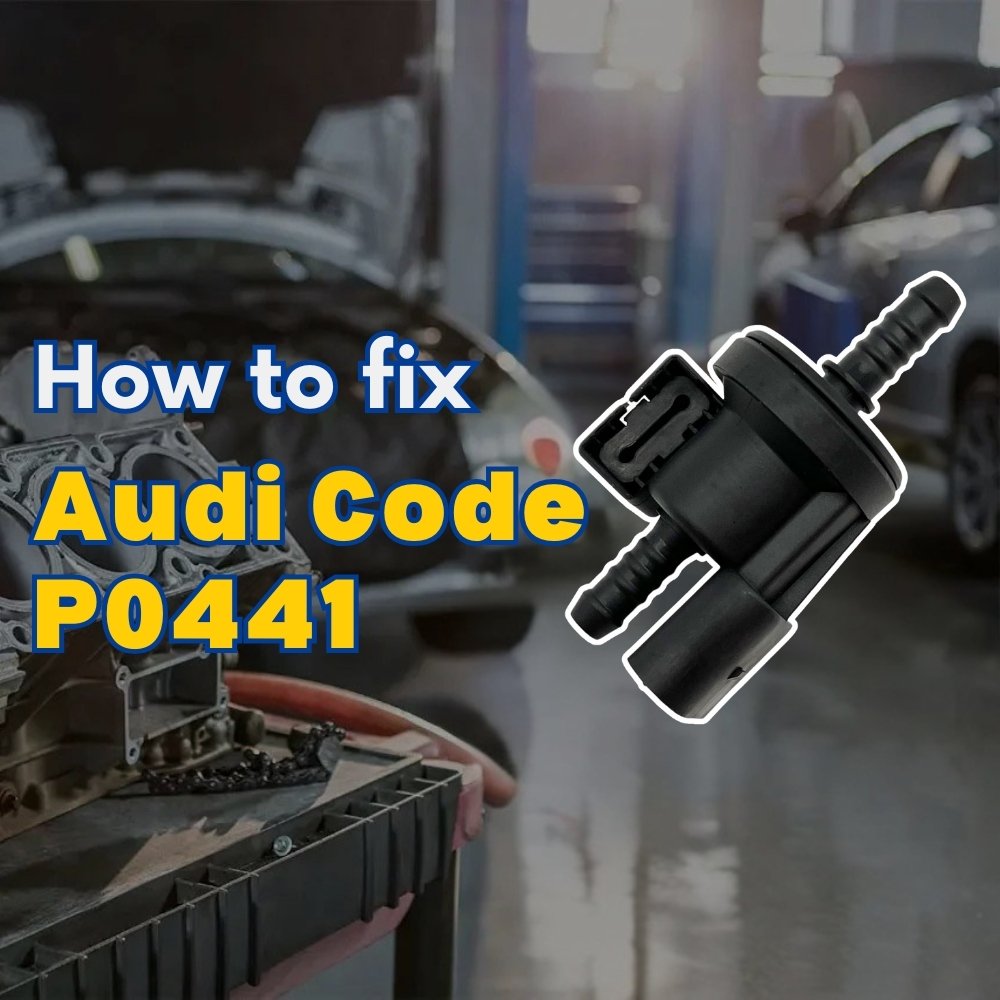
Is your Audi displaying a P0441 code? The Audi code P0441 indicates an issue within the evaporative emission control (EVAP) system, specifically related to the purge flow. AutoExplain clarifies this fault, its causes, and how to rectify it, ensuring your Audi runs efficiently. We’ll guide you through understanding and resolving this common problem, from identifying symptoms to implementing effective solutions, helping you keep your Audi in optimal condition.
Table of Contents
ToggleWhat does the Audi code P0441 signify in the realm of automotive diagnostics? The Audi code P0441 indicates an “Evaporative Emission Control System Incorrect Purge Flow” issue. This trouble code suggests that the engine control unit (ECU) has detected an improper flow of fuel vapors during the EVAP system’s purge cycle. In essence, the system isn’t managing fuel vapors as expected, potentially leading to increased emissions and reduced fuel efficiency.
To expand, the EVAP system prevents fuel vapors from escaping into the atmosphere. According to a study by the Environmental Protection Agency (EPA), a properly functioning EVAP system can reduce hydrocarbon emissions by up to 95%. The ECU monitors the purge flow using sensors and valves, ensuring the vapors are correctly routed to the engine for combustion. When the ECU detects a discrepancy, such as too much or too little flow, it triggers the P0441 code.
Several factors can cause the P0441 code. These may include a faulty purge valve, leaks in the EVAP system, a defective gas cap, or issues with the vacuum lines. Addressing this code promptly is essential to maintain your vehicle’s environmental compliance and performance. AutoExplain provides tools and expertise to diagnose and resolve these issues accurately, ensuring your Audi operates smoothly and efficiently.
What are the common symptoms associated with the Audi code P0441? The most common symptom is the illumination of the Check Engine Light on your Audi’s dashboard. Beyond this, you might observe a faint fuel odor, particularly after driving or when the vehicle is idling. While less frequent, some drivers also report a slight decrease in fuel economy.
To elaborate, the Check Engine Light activates when the ECU detects an anomaly in the EVAP system. The ECU monitors various sensors and components, such as the purge valve and fuel tank pressure sensor, to ensure the system operates within specified parameters. According to the Society of Automotive Engineers (SAE), modern vehicles use sophisticated algorithms to detect even minor deviations that could indicate a problem.
A fuel odor occurs when fuel vapors escape the EVAP system due to leaks or malfunctions. The EVAP system captures these vapors and directs them back to the engine for combustion, preventing their release into the atmosphere. A study published in the “Journal of Environmental Management” found that faulty EVAP systems are significant contributors to volatile organic compound (VOC) emissions, highlighting the importance of maintaining this system.
AutoExplain offers comprehensive diagnostic tools and services to accurately identify these symptoms and address the underlying causes of the P0441 code. By detecting and resolving these issues promptly, you can prevent further complications and maintain your Audi’s optimal performance and environmental compliance.
What are the primary causes that can trigger the Audi code P0441 in your vehicle? A defective or loose gas cap is a frequent culprit. Other common causes include a malfunctioning purge valve, leaks in the EVAP system hoses, a damaged charcoal canister, or issues with the vacuum lines. Additionally, electrical problems such as shorts or open circuits in the EVAP system wiring can also lead to this code.
To delve deeper, a defective gas cap prevents the EVAP system from maintaining the necessary pressure, leading to vapor leaks. According to the Car Care Council, a loose or damaged gas cap is one of the most common causes of EVAP system failures. Regularly inspecting and replacing the gas cap when needed can prevent this issue.
A malfunctioning purge valve can cause either excessive or insufficient vapor flow to the engine. The purge valve regulates the amount of fuel vapor drawn from the charcoal canister into the intake manifold. A study by the National Renewable Energy Laboratory (NREL) emphasizes the importance of precise vapor management for optimal engine performance and reduced emissions.
Leaks in the EVAP system hoses or a damaged charcoal canister can also disrupt the system’s ability to manage fuel vapors effectively. The charcoal canister stores fuel vapors until the engine is ready to use them. Cracks or damage to the canister or hoses can result in vapor leaks and trigger the P0441 code.
AutoExplain provides advanced diagnostic tools and expert support to pinpoint the exact cause of the P0441 code in your Audi. By accurately identifying and addressing the root cause, you can ensure a lasting repair, restoring your vehicle’s performance and reducing emissions.
How can you accurately diagnose the source of the Audi code P0441? Start by using an OBD-II scanner to confirm the presence of the code. Next, perform a visual inspection of the EVAP system components, including the gas cap, hoses, purge valve, and charcoal canister. Conduct a smoke test to identify any leaks in the system. Additionally, use a multimeter to check the electrical continuity of the purge valve and related wiring.
To provide a detailed approach, begin with the OBD-II scanner to read and clear the code. This step ensures the code is current and not a remnant from a previous issue. According to Automotive Service Excellence (ASE), clearing the code and performing a test drive can help determine if the problem is persistent or intermittent.
A visual inspection should focus on identifying any obvious signs of damage, such as cracks, leaks, or disconnected hoses. Pay close attention to the gas cap, ensuring it is properly sealed and in good condition. The National Institute for Automotive Service Excellence (ASE) recommends replacing the gas cap every two years or when damage is evident.
A smoke test involves injecting smoke into the EVAP system to reveal any leaks. This method is highly effective because it can pinpoint even small leaks that are difficult to detect visually. The smoke will escape from any compromised areas, making them easily identifiable.
Finally, use a multimeter to test the purge valve’s electrical continuity and check for voltage at the valve connector. This step ensures the valve is receiving power and functioning correctly. According to a study by the University of Michigan Transportation Research Institute (UMTRI), electrical issues account for a significant percentage of EVAP system malfunctions.
AutoExplain provides comprehensive diagnostic tools and expert guidance to assist you in accurately diagnosing the P0441 code. By following these steps, you can efficiently identify the root cause and implement the appropriate repairs, ensuring your Audi operates optimally.
What are the most effective solutions for fixing the Audi code P0441? Begin by replacing a defective or loose gas cap, which is a common cause. If the gas cap isn’t the issue, inspect and repair any leaks in the EVAP system hoses or components. Replace a faulty purge valve, and check the charcoal canister for damage, replacing it if necessary. Finally, address any electrical issues, such as repairing or replacing damaged wiring.
To elaborate, replacing a defective gas cap is a straightforward and often effective first step. A new gas cap ensures a tight seal, preventing fuel vapors from escaping. According to the Car Care Council, a loose or damaged gas cap can cause up to 20% of vehicle emissions.
Inspecting and repairing EVAP system leaks involves a thorough examination of all hoses, connections, and components. Use a smoke test to pinpoint any leaks. Repair or replace any damaged parts to ensure the system is airtight. A study by the Environmental Protection Agency (EPA) highlights that even small leaks can significantly increase emissions.
Replacing a faulty purge valve ensures proper vapor flow to the engine. The purge valve regulates the amount of fuel vapor drawn from the charcoal canister into the intake manifold. If the valve is stuck open or closed, it can disrupt the system’s operation and trigger the P0441 code.
Checking the charcoal canister for damage is also critical. The charcoal canister stores fuel vapors until the engine is ready to use them. Cracks or damage to the canister can result in vapor leaks and system malfunctions.
Addressing electrical issues involves checking the wiring and connectors associated with the EVAP system. Use a multimeter to test for continuity and voltage. Repair or replace any damaged wiring to ensure proper electrical function.
AutoExplain offers a range of diagnostic tools and expert support to help you implement these solutions effectively. By systematically addressing each potential cause, you can resolve the P0441 code and restore your Audi’s performance and environmental compliance.
How does the purge valve play a role in the Audi code P0441? The purge valve regulates the flow of fuel vapors from the charcoal canister to the engine’s intake manifold. A malfunctioning purge valve can cause either an excessive or insufficient flow of these vapors, leading to the P0441 code. Proper functioning of the purge valve is crucial for maintaining the correct air-fuel mixture and reducing emissions.
To delve deeper, the purge valve is a critical component of the EVAP system, responsible for controlling the release of stored fuel vapors into the engine. When the engine is running, the ECU signals the purge valve to open, allowing vapors from the charcoal canister to be drawn into the intake manifold for combustion. This process prevents the vapors from escaping into the atmosphere, reducing emissions and improving fuel efficiency.
According to a study by the National Renewable Energy Laboratory (NREL), precise vapor management is essential for optimal engine performance. A purge valve that is stuck open can cause an excessively rich air-fuel mixture, leading to poor fuel economy and rough idling. Conversely, a purge valve that is stuck closed can prevent the engine from receiving the necessary vapors, causing a buildup of pressure in the EVAP system and potentially triggering the P0441 code.
Several factors can cause a purge valve to malfunction, including electrical issues, mechanical failures, and contamination. Electrical problems such as shorts or open circuits can prevent the valve from opening or closing properly. Mechanical failures can result in the valve becoming stuck in one position. Contamination from dirt or debris can also impede the valve’s operation.
AutoExplain provides diagnostic tools and expert guidance to help you assess the purge valve’s functionality. Using an OBD-II scanner, you can monitor the valve’s activity and check for any error codes. Additionally, you can use a multimeter to test the valve’s electrical continuity and voltage. If the purge valve is found to be faulty, replacing it is typically the most effective solution for resolving the P0441 code.
Why are EVAP system leaks so critical in the context of the Audi code P0441? Leaks in the EVAP system allow fuel vapors to escape into the atmosphere, disrupting the system’s ability to maintain proper pressure and flow. These leaks can trigger the P0441 code by causing an incorrect purge flow, as the ECU detects a discrepancy between the expected and actual vapor levels.
To elaborate, the EVAP system is designed to capture fuel vapors that evaporate from the fuel tank and prevent them from being released into the environment. The system consists of several components, including the fuel tank, charcoal canister, vapor lines, and various valves and sensors. When the system is functioning correctly, the fuel vapors are stored in the charcoal canister until the engine is ready to use them.
According to the Environmental Protection Agency (EPA), even small leaks in the EVAP system can significantly increase vehicle emissions. These leaks can occur due to cracks in the vapor lines, loose connections, or a faulty gas cap. A study published in the “Journal of the Air & Waste Management Association” found that EVAP system leaks are a major contributor to volatile organic compound (VOC) emissions, which can have adverse effects on air quality and human health.
Leaks in the EVAP system can disrupt the system’s ability to maintain the proper pressure and flow. When the ECU detects a discrepancy between the expected and actual vapor levels, it can trigger the P0441 code.
AutoExplain offers comprehensive diagnostic tools and services to help you identify and repair EVAP system leaks. A smoke test is a highly effective method for pinpointing leaks, as it involves injecting smoke into the system and observing where it escapes. Once the leaks are identified, they can be repaired by replacing damaged components or tightening loose connections. Addressing EVAP system leaks is crucial for resolving the P0441 code and maintaining your Audi’s environmental compliance.
How does the gas cap relate to the Audi code P0441, and why is it often the first thing to check? A loose, damaged, or incorrect gas cap can prevent the EVAP system from maintaining proper pressure, leading to fuel vapor leaks. This disruption can trigger the P0441 code because the system cannot regulate the purge flow correctly. Ensuring the gas cap is in good condition and properly sealed is a simple yet crucial step in diagnosing and resolving this issue.
To elaborate, the gas cap serves as the primary seal for the fuel tank, preventing fuel vapors from escaping into the atmosphere. When the gas cap is loose, damaged, or not designed for your specific vehicle model, it can compromise this seal and allow vapors to leak out. This leakage can disrupt the EVAP system’s ability to maintain the required pressure, leading to the P0441 code.
According to the Car Care Council, a loose or damaged gas cap is one of the most common causes of EVAP system problems. In fact, it is estimated that up to 20% of vehicles on the road have a faulty gas cap. Regularly inspecting your gas cap for cracks, wear, or damage is an easy way to prevent EVAP system issues.
When diagnosing the P0441 code, the gas cap should be the first thing you check. Ensure that it is properly tightened and that the rubber seal is in good condition. If the gas cap appears damaged or worn, replacing it with a new one is a simple and inexpensive solution that can often resolve the P0441 code.
AutoExplain recommends using a high-quality gas cap that is specifically designed for your Audi model. This will ensure a proper seal and optimal performance of the EVAP system. By addressing the gas cap issue early on, you can often avoid more complex and costly repairs.
Can electrical issues cause the Audi code P0441, and how would you diagnose them? Yes, electrical issues such as shorts, open circuits, or faulty wiring in the EVAP system can indeed trigger the P0441 code. To diagnose these issues, use a multimeter to check the continuity and voltage of the wiring and connectors associated with the purge valve and other EVAP components.
To elaborate, the EVAP system relies on electrical signals to control various components, including the purge valve, vent valve, and fuel tank pressure sensor. A short circuit can cause a component to malfunction, while an open circuit can prevent it from receiving the necessary power. Faulty wiring can also disrupt the flow of electrical signals, leading to erratic system behavior.
According to a study by the University of Michigan Transportation Research Institute (UMTRI), electrical problems account for a significant percentage of automotive system failures. These issues can be particularly challenging to diagnose, as they may not always present obvious symptoms.
When diagnosing the P0441 code, it is important to thoroughly inspect the electrical components of the EVAP system. Use a multimeter to check the continuity of the wiring, ensuring that there are no breaks or shorts. Also, check the voltage at the connectors to ensure that the components are receiving the proper power.
AutoExplain provides comprehensive diagnostic tools and expert guidance to help you identify and resolve electrical issues in the EVAP system. By systematically checking the wiring, connectors, and components, you can pinpoint the source of the problem and implement the necessary repairs. Addressing electrical issues is crucial for resolving the P0441 code and restoring your Audi’s optimal performance.
How can you prevent the Audi code P0441 from recurring in your Audi? Regularly inspect and maintain your vehicle’s EVAP system components, including the gas cap, hoses, and purge valve. Ensure the gas cap is always properly tightened after refueling. Periodically check for any signs of leaks or damage to the EVAP system. Additionally, adhere to your vehicle’s recommended maintenance schedule to keep all systems in good working order.
To elaborate, preventative maintenance is key to avoiding the P0441 code and other EVAP system issues. A proactive approach can help you identify and address potential problems before they escalate into major repairs.
According to the Car Care Council, regular vehicle maintenance can improve fuel efficiency, reduce emissions, and extend the life of your vehicle. By following your vehicle’s recommended maintenance schedule, you can ensure that all systems are functioning properly and that potential issues are addressed in a timely manner.
Inspecting the EVAP system components is an important part of preventative maintenance. Check the gas cap for cracks, wear, or damage, and ensure that it is properly tightened after refueling. Inspect the hoses for any signs of leaks or damage, and replace them if necessary. Also, periodically check the purge valve to ensure that it is functioning correctly.
AutoExplain recommends performing a visual inspection of the EVAP system at least once a year. This will help you identify any potential problems early on and take corrective action before they lead to the P0441 code or other issues. By following these preventative maintenance tips, you can keep your Audi’s EVAP system in good working order and avoid costly repairs down the road.
What are some common mistakes to avoid when addressing the Audi code P0441? Avoid replacing parts without proper diagnosis, as this can lead to unnecessary expenses. Don’t overlook simple solutions like checking the gas cap first. Ensure all connections are secure after making repairs. Additionally, don’t ignore other related codes, as they may provide valuable clues to the underlying issue.
To elaborate, one of the most common mistakes when addressing the P0441 code is to start replacing parts without first performing a thorough diagnosis. This can lead to a “parts cannon” approach, where components are replaced one after another without actually identifying the root cause of the problem. Not only is this approach costly, but it can also be time-consuming and ineffective.
According to Automotive Service Excellence (ASE), proper diagnosis is essential for effective automotive repair. Before replacing any parts, take the time to thoroughly inspect the EVAP system components, check for leaks, and test the electrical connections.
Another common mistake is to overlook simple solutions like checking the gas cap. As mentioned earlier, a loose or damaged gas cap is one of the most common causes of EVAP system problems. Before proceeding with more complex repairs, make sure that the gas cap is properly tightened and in good condition.
After making repairs, it is important to ensure that all connections are secure. Loose connections can cause leaks or electrical issues, which can trigger the P0441 code or other problems. Double-check all connections to ensure that they are properly seated and tightened.
Finally, don’t ignore other related codes, as they may provide valuable clues to the underlying issue. The EVAP system is complex, and problems in one area can often affect other parts of the system. If you find other codes related to the EVAP system, investigate them as well.
AutoExplain emphasizes the importance of proper diagnosis and attention to detail when addressing the Audi code P0441. By avoiding these common mistakes, you can save time, money, and frustration, and ensure that the problem is resolved effectively.
What tools and equipment are essential for tackling the Audi code P0441 effectively? An OBD-II scanner is necessary to read and clear the code. A smoke machine is useful for detecting leaks in the EVAP system. A multimeter is needed for testing electrical components. Basic hand tools, such as wrenches and screwdrivers, are required for removing and replacing parts. Additionally, safety equipment, such as gloves and eye protection, should always be used.
To elaborate, having the right tools and equipment can make the process of diagnosing and repairing the P0441 code much easier and more efficient.
An OBD-II scanner is the first and most important tool to have. This device allows you to read the trouble codes stored in your vehicle’s computer, providing valuable information about the nature of the problem. The scanner can also be used to clear the codes after repairs have been made.
A smoke machine is an invaluable tool for detecting leaks in the EVAP system. This device injects smoke into the system, allowing you to visually identify any areas where the smoke is escaping. Smoke machines can be purchased or rented from many auto parts stores.
A multimeter is a versatile tool that can be used to test the electrical components of the EVAP system. This device allows you to check the continuity of the wiring, as well as the voltage and resistance of the components.
Basic hand tools, such as wrenches and screwdrivers, are essential for removing and replacing parts. Make sure you have a variety of sizes to accommodate different components.
Finally, safety equipment is always a must when working on your vehicle. Wear gloves to protect your hands from dirt, grease, and chemicals, and wear eye protection to prevent debris from getting into your eyes.
AutoExplain recommends investing in high-quality tools and equipment to ensure accurate and effective repairs. With the right tools, you can confidently tackle the Audi code P0441 and other automotive issues.
Why should you care about addressing the Audi code P0441 in terms of its environmental impact? The P0441 code indicates a problem with the EVAP system, which is designed to prevent harmful fuel vapors from escaping into the atmosphere. By addressing this issue, you are helping to reduce emissions, improve air quality, and protect the environment.
To elaborate, the EVAP system plays a crucial role in reducing vehicle emissions. Fuel vapors contain volatile organic compounds (VOCs), which can contribute to smog and other forms of air pollution. The EVAP system captures these vapors and stores them until the engine is ready to use them, preventing them from being released into the atmosphere.
According to the Environmental Protection Agency (EPA), vehicle emissions are a significant source of air pollution in the United States. By maintaining your vehicle’s EVAP system, you can help reduce these emissions and improve air quality in your community.
Addressing the P0441 code is not only good for the environment but also good for your vehicle. A properly functioning EVAP system can improve fuel efficiency and prevent other engine problems.
AutoExplain encourages all vehicle owners to take responsibility for their environmental impact by maintaining their vehicles and addressing issues like the P0441 code promptly. By doing so, you can help create a cleaner, healthier environment for everyone.
What are the cost considerations associated with the Audi code P0441? The cost to address this code can vary widely depending on the cause and the extent of the repairs needed. Simple fixes like replacing the gas cap might cost just a few dollars, while more complex repairs, such as replacing the purge valve or repairing EVAP system leaks, can range from $100 to $500 or more.
To elaborate, the financial impact of the P0441 code depends on several factors, including the diagnostic fees, the cost of replacement parts, and the labor charges.
Diagnostic fees can range from $50 to $150, depending on the shop and the complexity of the problem. Some shops offer free diagnostic scans, while others charge an hourly rate.
The cost of replacement parts can also vary widely. A new gas cap might cost only a few dollars, while a new purge valve or charcoal canister can cost $100 or more.
Labor charges can also add significantly to the overall cost of the repair. Simple repairs, such as replacing the gas cap, might take only a few minutes, while more complex repairs can take several hours.
AutoExplain recommends getting a written estimate from a reputable repair shop before authorizing any repairs. The estimate should include a breakdown of the diagnostic fees, the cost of replacement parts, and the labor charges.
Addressing the P0441 code promptly can help prevent more costly repairs down the road. A malfunctioning EVAP system can lead to other engine problems, which can be more expensive to fix. By addressing the issue early on, you can save money and keep your vehicle running smoothly.
Should you attempt a DIY repair for the Audi code P0441, or is it better to seek professional help? Simple issues like replacing a loose gas cap are easily handled as DIY projects. However, diagnosing and repairing more complex EVAP system problems often require specialized knowledge, tools, and equipment, making professional repair a more appropriate choice.
To elaborate, the decision to tackle the P0441 code as a DIY project or seek professional help depends on your mechanical skills, experience, and the availability of the necessary tools and equipment.
If you are comfortable with basic automotive repairs and have the necessary tools, you might be able to handle simple issues like replacing the gas cap or checking for loose connections. However, diagnosing and repairing more complex EVAP system problems can be challenging, even for experienced DIYers.
According to Automotive Service Excellence (ASE), proper diagnosis is essential for effective automotive repair. Without the proper knowledge and tools, you might end up replacing parts unnecessarily or causing further damage to your vehicle.
Professional repair shops have the specialized knowledge, tools, and equipment needed to accurately diagnose and repair EVAP system problems. They also have access to technical information and resources that are not available to the general public.
AutoExplain recommends carefully assessing your skills and resources before attempting a DIY repair for the P0441 code. If you are unsure about any aspect of the repair, it is always best to seek professional help. A qualified technician can accurately diagnose the problem and perform the necessary repairs safely and effectively.
How can AutoExplain assist you in resolving Audi code P0441 issues? AutoExplain offers comprehensive diagnostic tools, expert remote programming services, and detailed repair guidance to help you accurately identify and fix the underlying causes of the P0441 code, ensuring your Audi runs optimally.
To elaborate, AutoExplain is dedicated to providing top-tier solutions for automotive diagnostics and repair, particularly for complex issues like the P0441 code. We understand the frustration and challenges that come with modern vehicle systems, and we’re here to simplify the process.
Our advanced diagnostic tools allow you to accurately read and interpret error codes, giving you a clear understanding of the problem at hand. These tools are user-friendly and designed to provide detailed insights into your vehicle’s performance.
AutoExplain’s expert remote programming services offer unparalleled support. Our experienced technicians can remotely access your vehicle’s computer system to reprogram or update software, ensuring that all components are functioning correctly. This service is particularly useful for addressing issues related to the EVAP system and ensuring optimal performance.
In addition to our tools and services, AutoExplain provides detailed repair guidance to help you through the repair process. Our step-by-step instructions and expert advice can empower you to tackle even the most challenging repairs with confidence.
AutoExplain is committed to providing the highest level of support and expertise to help you resolve Audi code P0441 issues effectively. With our comprehensive solutions, you can be confident that your vehicle is in good hands. Contact us today at [email protected], visit our website at autoexplain.com, or reach out via WhatsApp at +1(936)2896695. Our office is located at 1500 N Grant ST Sten Denver, Colorado, United States. Let AutoExplain help you get your Audi running smoothly again.
What advanced diagnostic techniques can be used when troubleshooting the Audi code P0441? Beyond basic OBD-II scanning and visual inspections, consider using a smoke test to pinpoint elusive EVAP system leaks. Employ a scan tool to monitor real-time data from sensors like the fuel tank pressure sensor and purge valve solenoid. Additionally, perform an EVAP system service port test using a specialized tool to assess system integrity.
To elaborate, while standard diagnostic procedures are essential, complex cases of the P0441 code may require more sophisticated techniques.
A smoke test is invaluable for locating small leaks in the EVAP system that might not be visible to the naked eye. This test involves injecting smoke into the system and observing where it escapes, revealing even the tiniest cracks or loose connections.
Monitoring real-time sensor data with a scan tool allows you to assess the performance of key components like the fuel tank pressure sensor and purge valve solenoid. By observing how these sensors respond under different operating conditions, you can identify anomalies that might indicate a problem.
An EVAP system service port test involves using a specialized tool to apply pressure or vacuum to the system and monitor its response. This test can help assess the overall integrity of the system and identify leaks or blockages.
According to a study by the Society of Automotive Engineers (SAE), advanced diagnostic techniques can significantly improve the accuracy and efficiency of automotive repairs. By going beyond the basics, you can pinpoint the root cause of the P0441 code and implement the appropriate repairs with confidence.
AutoExplain offers a range of advanced diagnostic tools and expert training to help you master these techniques. With our support, you can confidently tackle even the most challenging cases of the P0441 code.
How important is it to use OEM (Original Equipment Manufacturer) parts when performing repairs related to the Audi code P0441? While aftermarket parts are available, using OEM parts is generally recommended to ensure proper fit, function, and durability. OEM parts are designed specifically for your vehicle and are more likely to meet the manufacturer’s performance standards.
To elaborate, the decision to use OEM or aftermarket parts depends on several factors, including the cost, availability, and quality of the parts.
Aftermarket parts are often less expensive than OEM parts, making them an attractive option for budget-conscious consumers. However, aftermarket parts may not always meet the same quality standards as OEM parts. They may also be more prone to failure or may not fit properly, leading to additional problems.
OEM parts, on the other hand, are designed specifically for your vehicle and are made to meet the manufacturer’s performance standards. They are more likely to fit properly, function correctly, and last longer than aftermarket parts.
According to a study by Consumer Reports, OEM parts generally outperform aftermarket parts in terms of reliability and durability. While OEM parts may be more expensive upfront, they can save you money in the long run by reducing the risk of future repairs.
AutoExplain recommends using OEM parts whenever possible when performing repairs related to the Audi code P0441. While aftermarket parts may be acceptable in some cases, OEM parts provide the best guarantee of proper fit, function, and durability.
Will the presence of the Audi code P0441 cause your vehicle to fail a state emissions inspection? Yes, in most states, the presence of an active Check Engine Light and a stored P0441 code will result in a failed emissions inspection. This is because the code indicates a malfunction in the EVAP system, which is designed to control harmful emissions.
To elaborate, state emissions inspections are designed to ensure that vehicles meet certain environmental standards. These inspections typically involve checking the vehicle’s computer for stored trouble codes and testing the vehicle’s emissions levels.
If your vehicle has an active Check Engine Light or a stored trouble code related to the EVAP system, it will likely fail the emissions inspection. This is because the code indicates that the EVAP system is not functioning properly, which can lead to increased emissions.
According to the Environmental Protection Agency (EPA), state emissions inspections are an important tool for reducing air pollution and improving public health. By ensuring that vehicles meet certain emissions standards, these inspections help protect the environment and reduce the risk of respiratory problems and other health issues.
AutoExplain recommends addressing the Audi code P0441 promptly to avoid failing a state emissions inspection. By diagnosing and repairing the problem, you can ensure that your vehicle meets the necessary environmental standards and avoid costly fines or penalties.
When is it time to consult an Audi specialist for the code P0441, going beyond standard repair attempts? If you’ve exhausted basic troubleshooting steps, such as replacing the gas cap and inspecting for obvious leaks, and the code persists, it’s time to seek expert assistance. Complex EVAP system issues, intermittent problems, or unusual symptoms often require the advanced diagnostic skills of an Audi specialist.
To elaborate, while many cases of the P0441 code can be resolved with simple repairs, some situations call for a more experienced hand.
If you’ve tried the common fixes and the code keeps returning, it’s a sign that the underlying problem is more complex. This could involve issues with the purge valve, charcoal canister, or other components that require specialized knowledge to diagnose.
Intermittent problems, where the code comes and goes, can also be challenging to troubleshoot. An Audi specialist can use advanced diagnostic tools to monitor the EVAP system in real-time and identify the cause of the intermittent issue.
Unusual symptoms, such as a strong fuel odor or significant drop in fuel economy, can also indicate a more serious problem that requires expert attention.
According to Automotive Service Excellence (ASE), complex automotive issues often require the advanced diagnostic skills of a certified technician. An Audi specialist has the training, experience, and equipment needed to accurately diagnose and repair even the most challenging problems.
AutoExplain recommends consulting an Audi specialist if you’re unsure about any aspect of the repair or if you’ve exhausted your troubleshooting options. A qualified specialist can provide an accurate diagnosis and perform the necessary repairs safely and effectively. Contact us today at [email protected], visit our website at autoexplain.com, or reach out via WhatsApp at +1(936)2896695. Our office is located at 1500 N Grant ST Sten Denver, Colorado, United States.
Here are some frequently asked questions about Audi code P0441:
Contact Us :


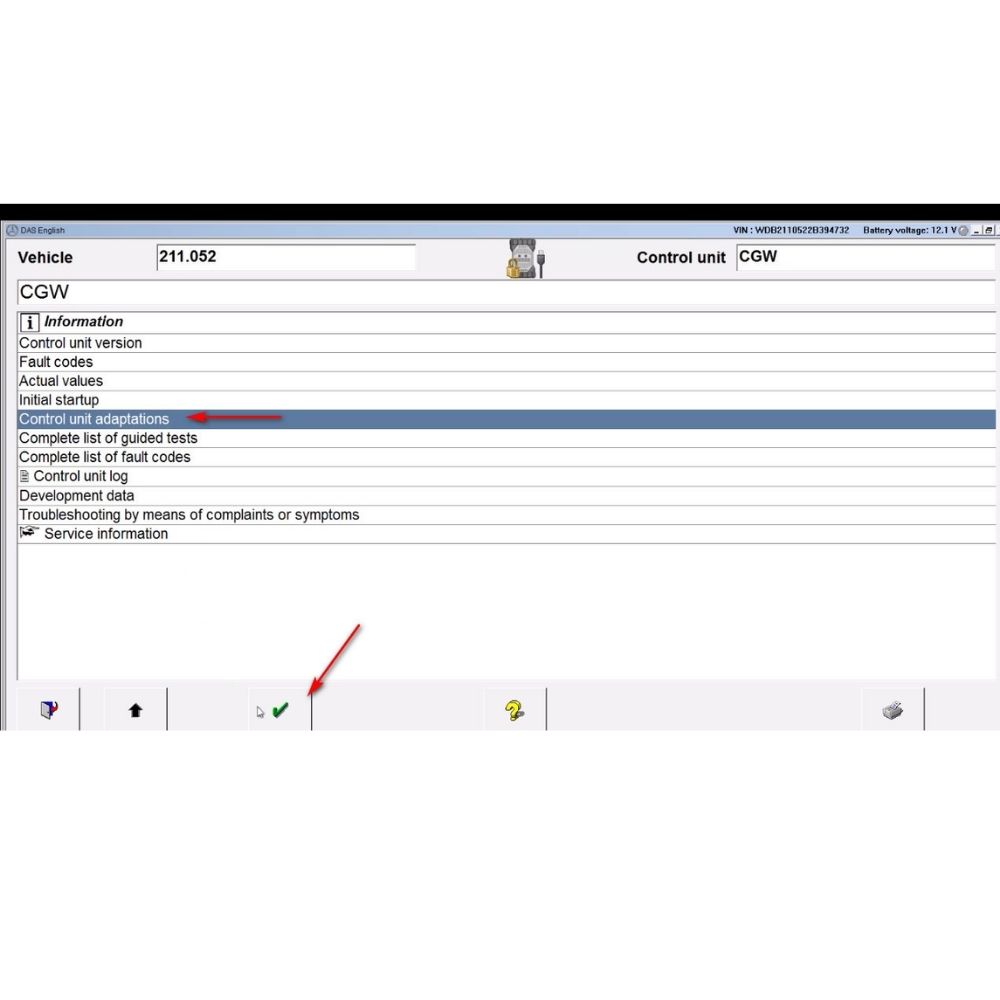


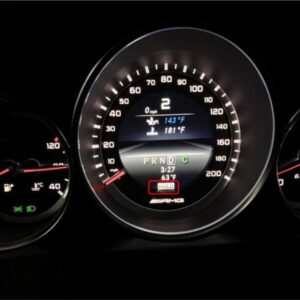

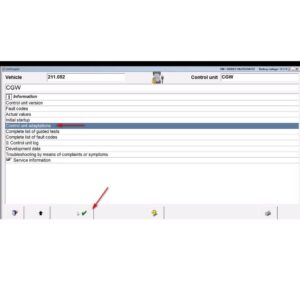
At AutoExplain, we provide automotive online repair service, auto repair tips, car repair manuals & document & training course to help mechanics of all experience levels—fix vehicles efficiently
AUTO EXPLAIN LLC
Employer Identification Number (EIN):
38-4349958
Whatsapp Us: +1(936)2896695
Gmail: [email protected]
Our Workshop: 1500 N Grant ST Sten Denver, Colorado, United States
Copyright 2025 © AutoExplain